It is a common misconception that the bush belongs to everyone and as locals we all have fair right to enter and play as we please. In the Illawarra, this mentality is well entrenched, but it is simply not the case. The escarpment or what people commonly see as “just bush”, has a mixed ownership typically shared between the National Parks and Wildlife Service, Sydney Water, mining companies and private landowners. Regardless of our moral authority on land ownership, there are legal land owners. The degree of accessibility to the public varies significantly and can change very unexpectedly throughout a walk in the “bush”. Here we explore the other side of the coin; how our seemingly harmless activities are actually harming our environment and causing serious threats and costs to individuals.
We talked to a few private landowners whose names and property details have been withheld, their issues are all too common to landowners that own pockets of bush. A lot of the answers are possibly what you’d expect, but quite frankly I was shocked at some answers. I consider myself a ‘“leave no trace bushwalker”, but it’s scary to understand what’s really going on behind the scenes – and what I and many others might have thought was harmless behaviour, is actually doing to not only the environment, but to these selfless custodians of these pockets of private land on our escarpment.
I asked this question: What impact does illegal trespassing have on your regeneration efforts, the environment and your land in general?
The impact of illegal trespassing is many fold: it all depends on the individual landowner and the nature of the property location. Here are some of the main issues, some obvious, some not.
DAMAGE TO REGENERATION SITES
You may not realise, but many local landowners are involved in significant regeneration efforts. It is heartbreaking for owners to discover adventurous bushwalkers bashing their way through sensitive regrowth areas and snapping off small seedlings without being the slightest bit aware of the damage they cause. Maybe a couple of such intrusions would amount to minimal damage, but when this is multiplied many times, the damage accumulates. Owners have encountered such bushwalkers and pointed out the damage they are causing, unfortunately the usual response is “it’s just bush with lots of weeds, I’m not causing any harm”.
To find out where ownership lies before you venture out, refer to Wollongong City Council maps or simply take the smart approach, if you don’t know for sure – stick to the designated National Park trails. Be smart, be considerate, be respectful.
DOG OWNERS
A very common example is the attitude of many dog owners who should are aware that dogs are not allowed into the National Park areas, after all there is very clear signage, yet not only to these dog owners ignore these signs but have no issue with allowing their dogs to roam free without being kept on a lead. Again, these owners with their dogs trespass onto private land, which disturbs regeneration sites, furthermore scarring the land and potentially killing native wildlife too.
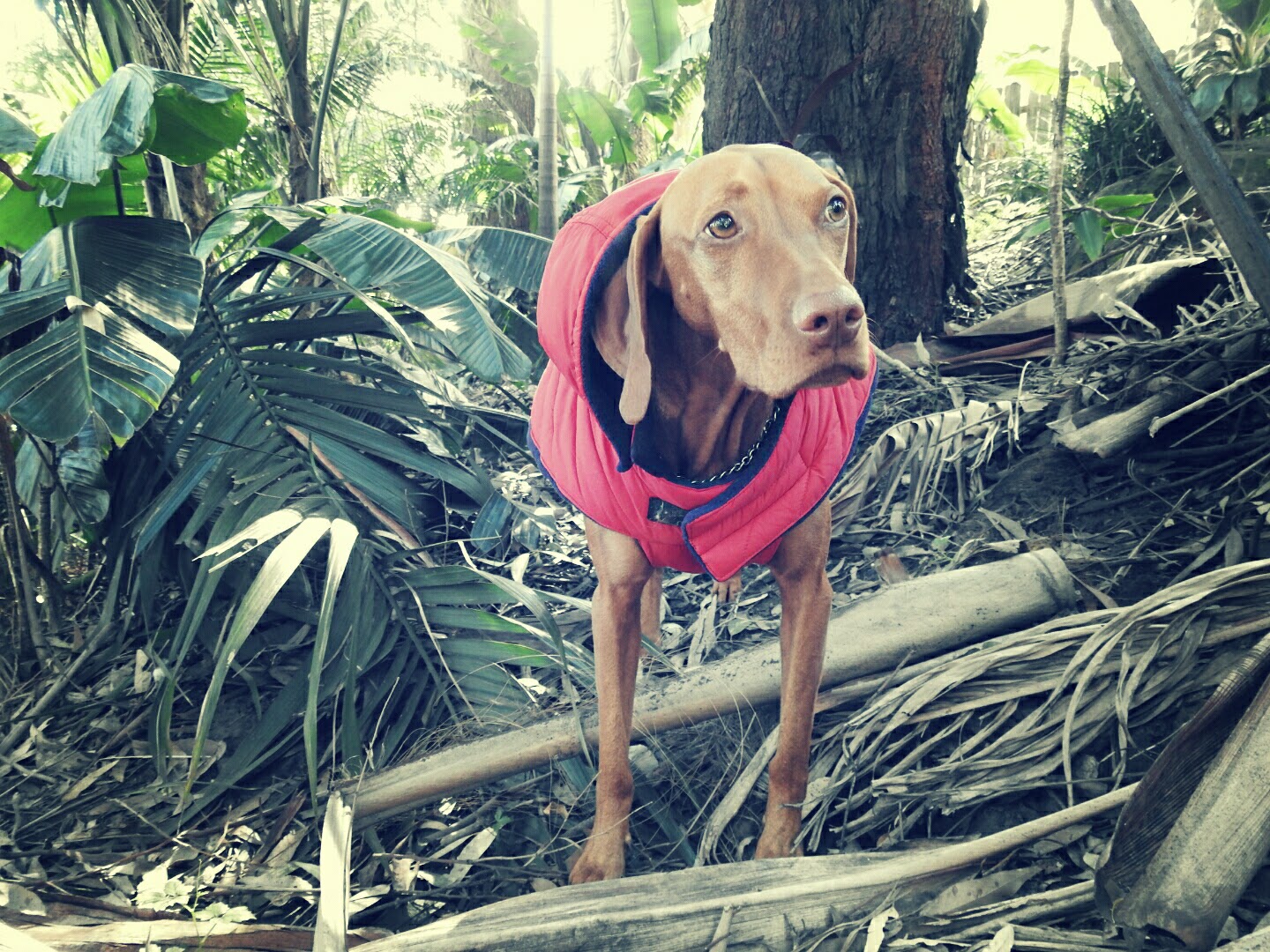
SEED TRANSMISSION
Environmentally aware hikers will be aware of issues like seed transmission and the damage to the natural environment, while individuals that are less informed will ignorantly spread weed seeds and be oblivious to the damage that they cause. This damage can be caused by cutting down trees and bushes to make new tracks, or it may simply be discarding fruits that later germinate from the cores. The Cyperus difformis weed is a nasty and tough weed which has been a particular issue for landowners with new seedlings constantly popping up through the thoroughfares, most likely the result of people and dogs spreading the seed inadvertently.
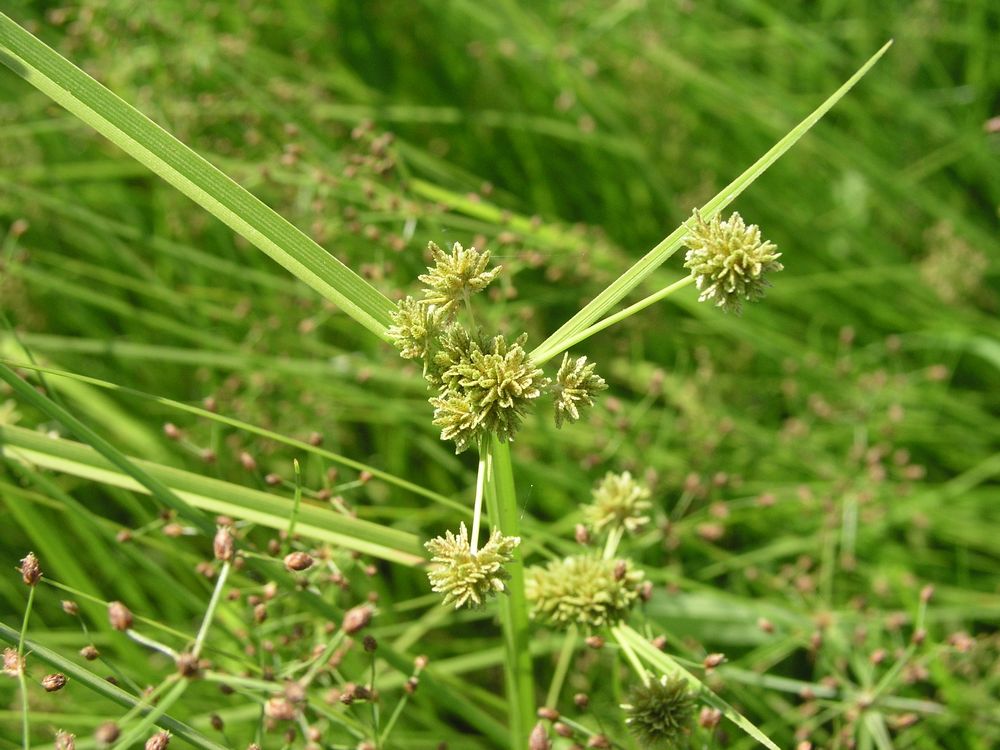
LITTER
A significant impact is the lazy discarding of drink containers. An owner noted that typically they pick up between 5 to 20 bottles a week. That’s just bottles, not everything else. It’s not the responsibility of the landowners to pick up after these trespassers, yet what choice do they have?
POACHERS
Illegal trespassers also include poachers. Owners regularly witness individuals that poach native animals from the land. There are snake fanatics that poach non-venomous snakes. While there are large penalties for this, it can be very hard to police this illegal activity. Native crustaceans (such as yabbies), tortoises and native mammals are all poached illegally from the land too. Many of the escarpment landowners are focused on creating a refuse to ensure that native animals and creatures can survive and thrive in our area, however others think it’s their right to come and remove animals from their habitat.
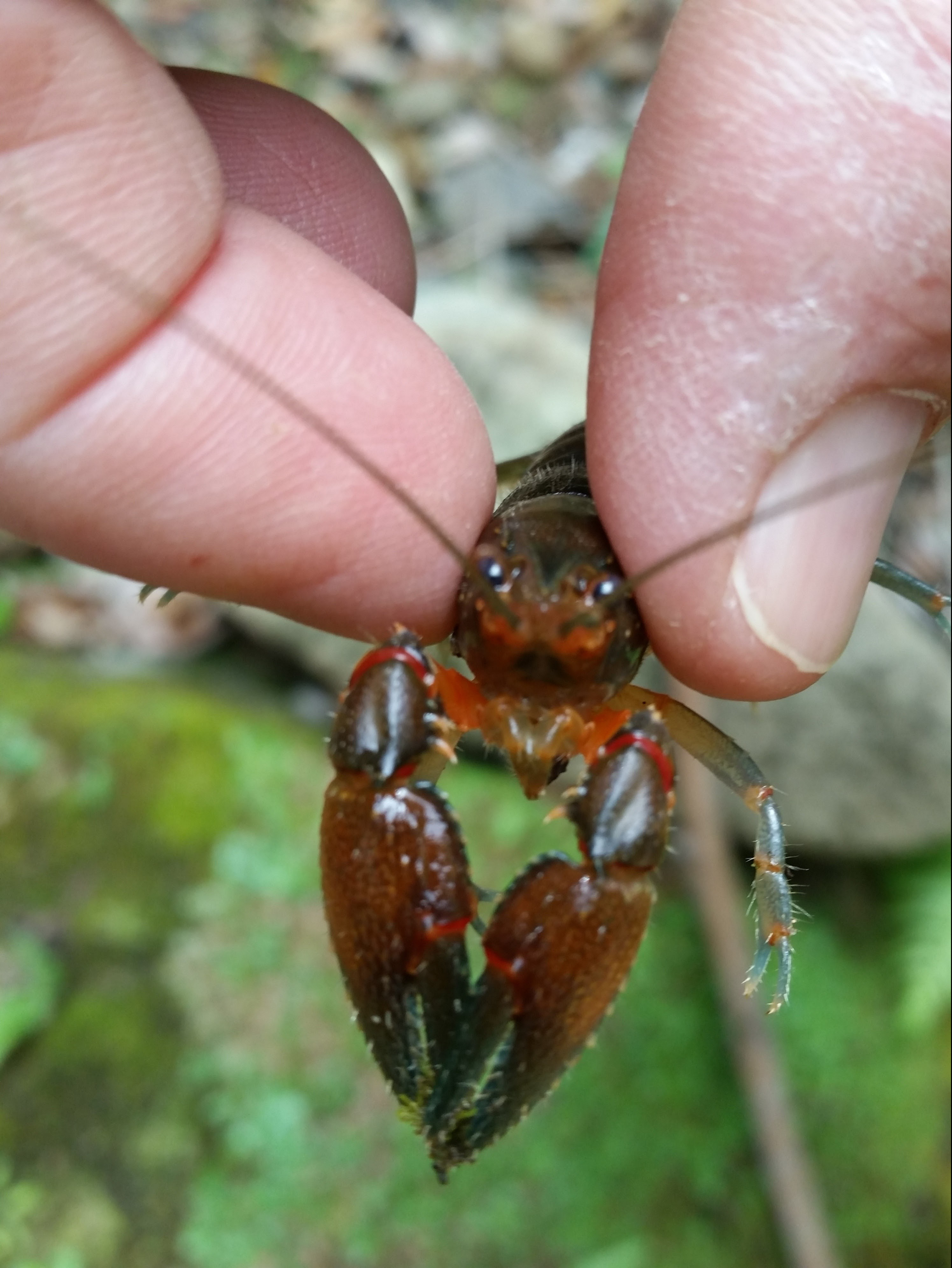
BUSHFIRE
A bushfire could arise just about anywhere and engulf the escarpment, there is a real chance that a significant bushfire could be started locally. Hikers that are also smokers pose an increased risk factor, but there have been numerous fires deliberately started. Every single fire started is a significant risk, those responsible do not have access to water or equipment to extinguish a fire if it jumps into the dry leaf litter. These fires are often associated with drugs and/or alcohol and often abandoned and still found burning the next day, left for landowners to deal with.
Any bushfire on these properties would be devastating for individual landowners, in addition would have a massive impact on the surrounding bushland and place homeowners at risk who are adjacent to the bushland.
ILLEGAL DRUGS
It is not uncommon for drug crops to be grown in the bush in this area. Owners have detected dozens of abandoned cropping sites over the years. One obvious hazard for owners is if they inadvertently stumble onto an active drug crop while it is being attended.
ILLEGAL BIKES
There have been many reported accidents between illegal dirt bike riders, walkers and mountain bike riders. Landowners have put up signage to make it clear that it is illegal to trespass. As expected this doesn’t discourage many riders and at times has put owners in the firing line of angry dirtbike riders who felt that they had a right to transit the land. A particular owner has been assaulted several times but thankfully never seriously injured “in hindsight it was a large risk confronting these riders”, but noted that the numbers of riders has diminished with persistence and perseverance over time to deter riders.
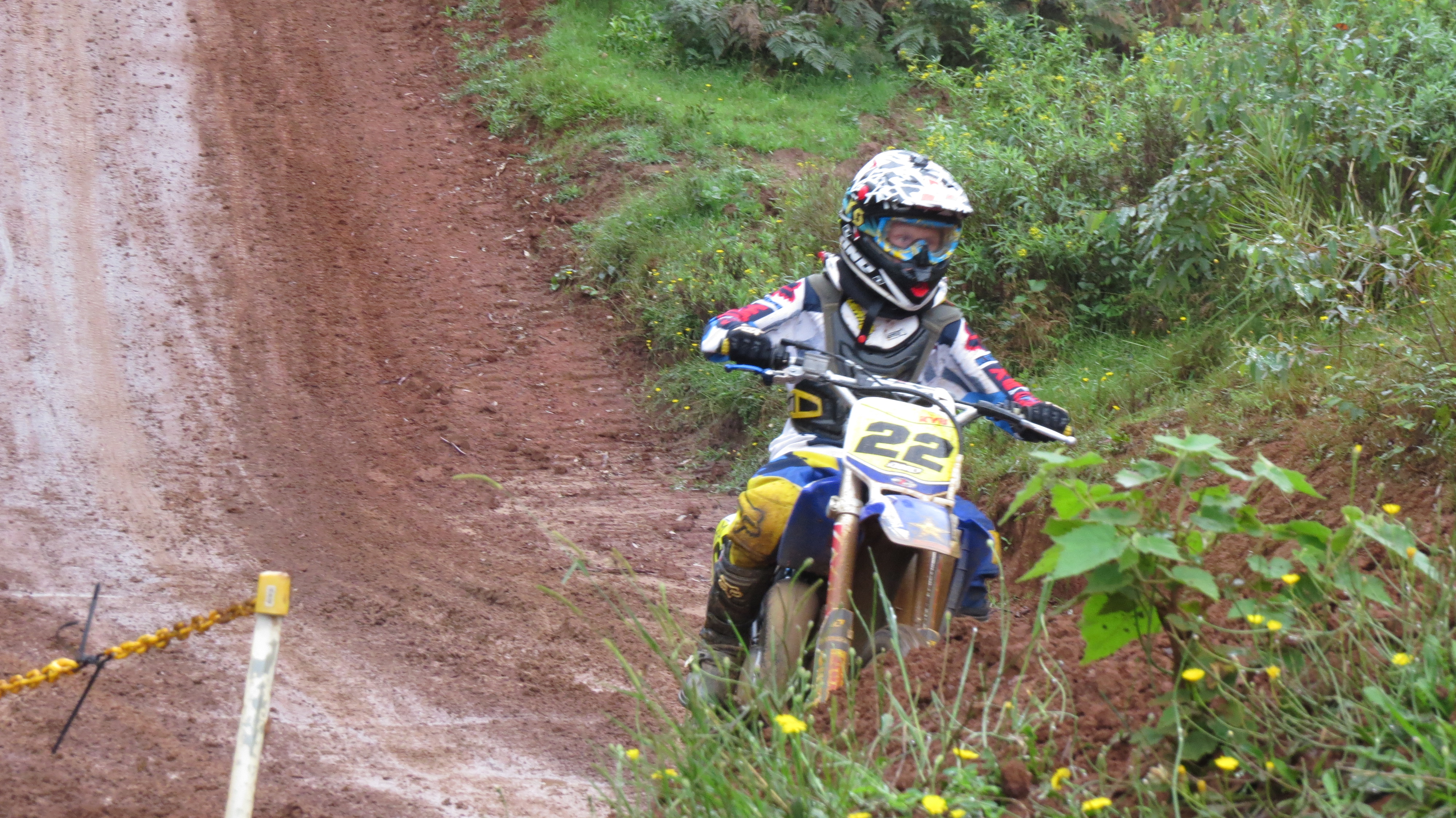
ILLEGAL DUMPING
Property access gates have been repeatedly destroyed by the ram raiding of stolen vehicles (which typically were later burned on the properties). Private land becomes a favourite local dump site. Hundreds of tons of domestic waste have been dumped by individuals who have placed zero value on our wilderness. Owners spend a considerable percentage of their lives trying to remove endless domestic rubbish from the steepest slopes (typical of our escarpment properties). “I still get really angry at the selfish mindset of those that were responsible for this illegal and immoral dumping” said one owner.
“They saved a few dollars, but inflicted a hundred times greater cost upon us – that is just so seriously unfair. Every day as we struggle to carry armfuls of domestic rubbish up those steep slopes, I have to manage the disrespect I have for that small part of our society that can put themselves so far above our environment.”
ONLINE, SOCIAL MEDIA AND GEOCACHING
What also became clear to owners was the popularity of their land as a direct consequence of online media, “Our property and ‘trails’ were being promoted to a larger and larger audience on social media and uninvited visitor numbers kept increasing”. At this point the owners began to actively research just who was promoting their property as a public thoroughfare. Geocaching is one of the fastest growing issues. Geocaching is where an item is hidden at a location for GPS users to find it by using specific coordinates shared online. It the actual cache is deliberately made hard to locate which forces the geocachers to intensively search areas. Obviously if there is just one such person the damage is minimal, but as each person finds a cache then records the event, then many, many people wander about trampling the vegetation down to bare earth in places. The bigger the challenge the bigger the boasting rights and the more punters it attracts.
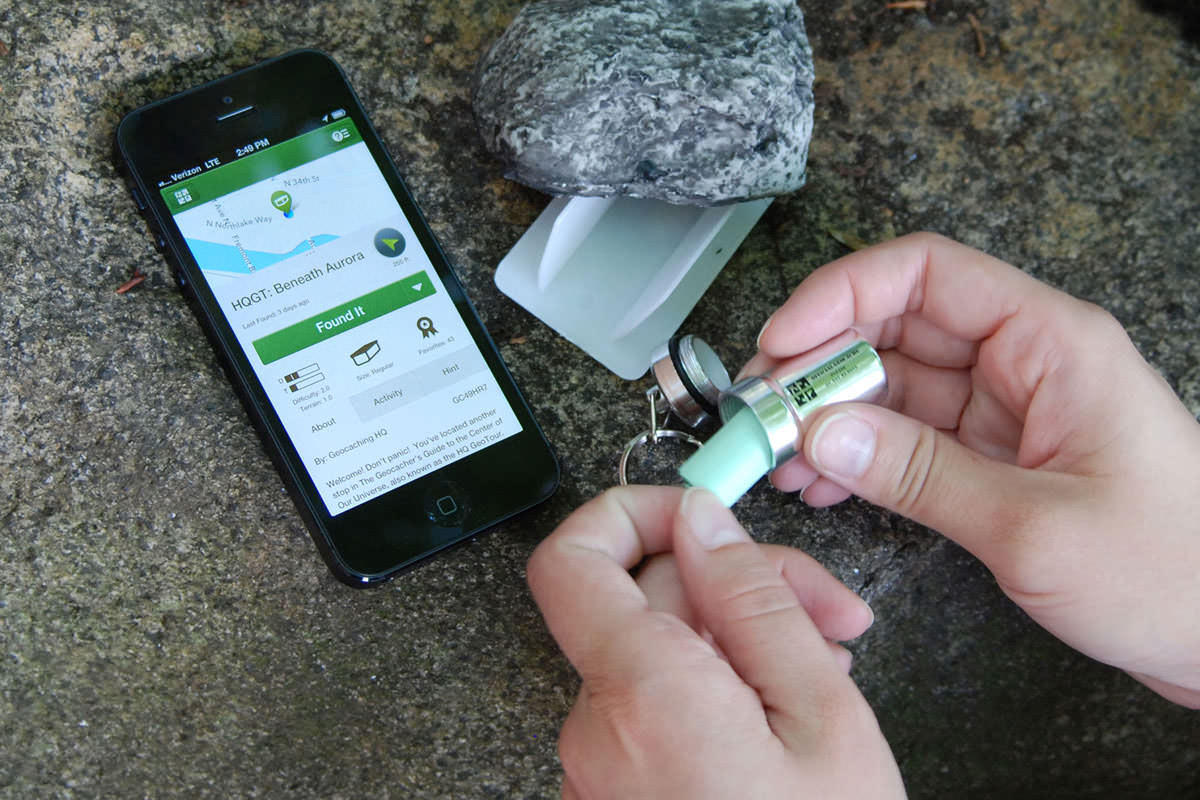
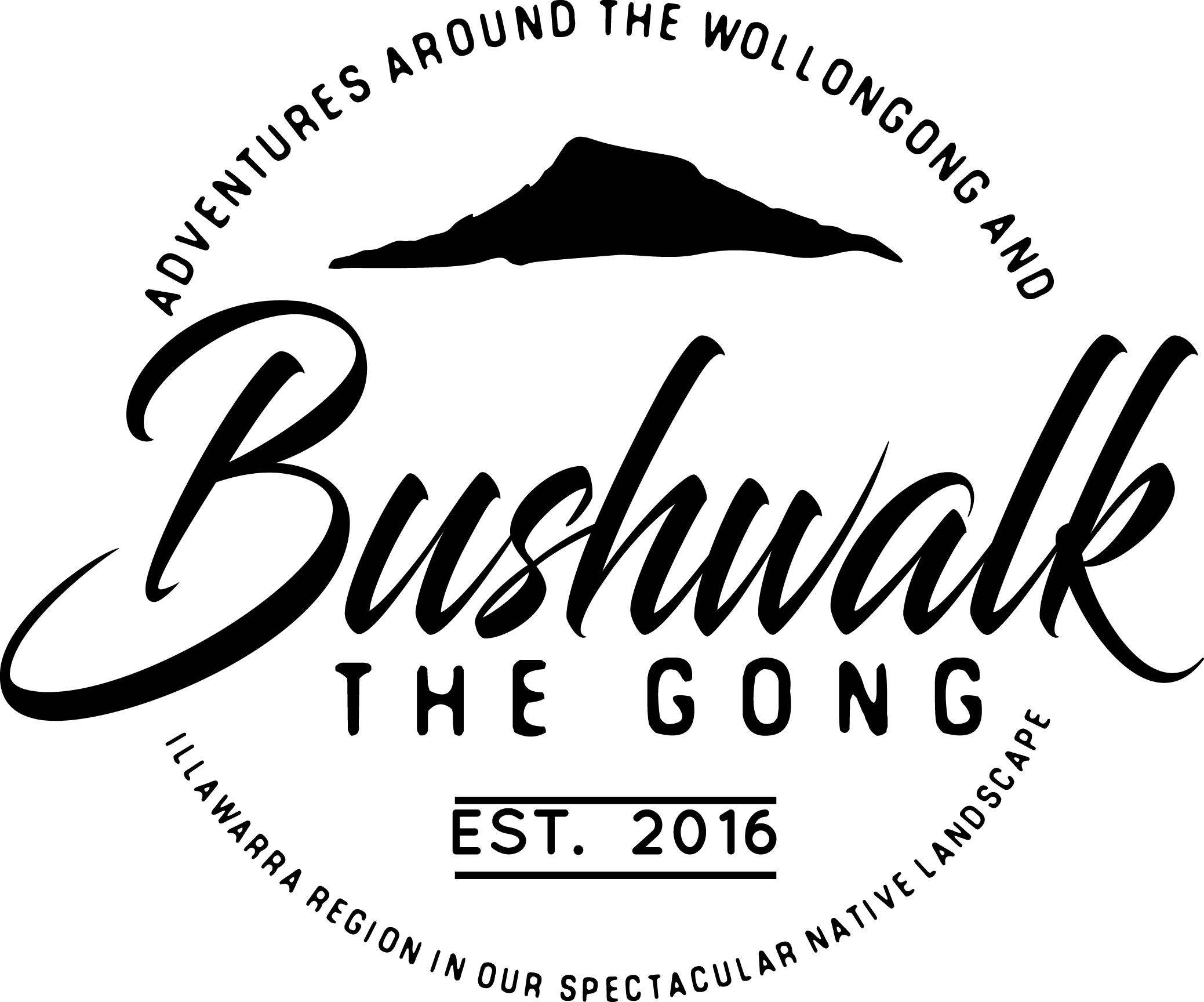
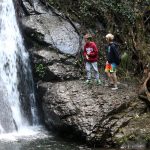
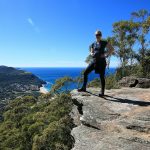
thanks for laying it out this way. we boys have an urge to boldly go where no man has gone before…if its not too hard, that is. when we step off the track with the confidence of gps, or ride our mountain bike there, we should have planned that out well, and impose a set of rules of engagement on ourselves, perhaps rules that an indigenous person would endorse.
Thanks for your honesty Ian, we all get a little wild sometimes and that’s absolutely part of the fun… but we have to acknowledge our actions and respect the land before our egos and good times, that’s just part of the responsibility. Great words of wisdom.
Interesting article and, as you point out, there are clearly some inconsiderate and unaware people using the land for their own benefit with little thought of their impact. I’m not convinced that all the issues highlighted are caused by avid bushwalkers/hikers as opposed to city dwellers escaping to the bush fringe with no interest in protecting nature. Awareness goes a long way.
Whilst I have empathy for the trials these landowners endure, another perspective would be that of the local Wodi Wodi people who have walked this land for thousands of years before it was stolen through a process called a land grant. Hence forth, 200+ years of “ownership” by “landowners”. Fast forward to 2020, still landowners can chase, abuse, and threaten my Wodi Wodi friend when he attempts to access a male ceremonial place of great significance (Mt Kembla to non-indigenous), via a well-worn track on Country used for thousands of years because it is “owned” by a landowner. In my humble opinion, this landowner should be asking my Wodi Wodi friend for permission to be on his land, but this “owner” has the “law” on his side. Sadly, this incident simply highlights the fact that little has changed between the local tangatawhenua (people of the land) and non-indigenous people since their arrival to the Illawarra area.
Unfortunately, boundary lines and fences may keep others out and denote “ownership”, the flip side of that being non-ownership thus preventing whole of community connecting to and caring for Country. Some reflection on owning, and the “landowner” concept is perhaps relevant. With ownership comes great responsibility, and it comes in many forms.
The child is not given something to treasure, without the responsibility of looking after it.